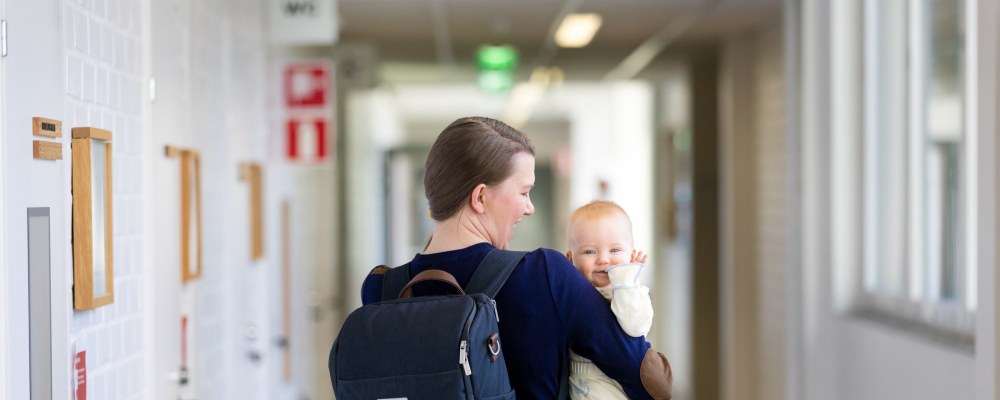
The family leave reform concerns families whose child's expected due date is 4 September 2022 at the earliest, and the child is not born before 30 July 2022.
The reform will lengthen current earnings-related family leaves. The reform adheres to a so-called 1+7+7 model where both parents have equal parenthood allowance quotas.
The goals of the reform are to promote equality in working life, divide family leave and responsibility for care more equally, and to encourage fathers to take family leave. The reform also answers the needs for change resulting from the EU's Work-life Balance Directive.
The Finnish government's proposal for family leave reform is currently being discussed in parliament and it will likely be up for ratification before the year's end.
The division of parenthood and pregnancy allowances
The reform would end the current system of maternity allowance, parenthood allowance and paternity allowance, and replace it with pregnancy allowance and parenthood allowance.
The parenthood allowance would be paid for a total of 320 weekdays for one child. The quota of each parent would be half of this, or 160 days. A parent would be able to give a maximum of 63 days of their quota to the other parent or, for example, to some other guardian of the child, their spouse, or the spouse of the other parent. The parenthood allowance would be available until the child turns two years old.
The pregnant mother would receive pregnancy allowance for a period of 40 weekdays. The pregnancy allowance would begin 30 days or, at the latest, 14 days before the due date.
The parenthood allowance or pregnancy allowance would only be paid to one parent at a time for the same time period. However, it is possible to have the pregnancy allowance period coincide with the other parent's family leave for a maximum of 18 weekdays. The end result is much like the current system where the father can receive up to 18 days of paternity allowance concurrently with the mother's maternity or parenthood allowance period.
In single parent families the parent would receive all 320 weekdays. Adoptive families would also have the right to the total of 320 days. Multiple birth families would have the right to 84 additional days per child after the first one. Multiple birth families mean families that give birth to more than one child at once, e.g., they have twins.
The reform would mean that the child is some 13 months old when the earnings-related leaves run out, if they are taken in full. If only one of the parents uses their earnings-related leave days, the child would be approximately 9 months old. Therefore, the system encourages both parents entitled to parenthood allowance to spend their own quotas in full.
Child-care leave remains unchanged
The reform is set to bring no significant changes to child-care leave or part-time child-care leave. Parents are still eligible for home care allowance during child-care leave until the child turns three years old.
However, the right to home care allowance would begin even before the child's right to early childhood education begins. The right to home care allowance would remain even if parents have unused parental leave days left. This would allow one to take child-care leave also before all parental leave days have been spent. However, the right to home care allowance would only begin 160 days after the child’s birth.
Flexibility for part-time parenthood allowance
As it stands, part-time parenthood allowance is rarely used because of its stringent eligibility conditions. Both parents have to be on part-time parental leave at the same time and shorten their work hours in accordance with statutory requirements.
The reform would remove this requirement. In the future, parents would be eligible for parenthood allowance when they care for the child part-time while also working part-time. The allowed daily working time would be five hours at most. One part-time parenthood allowance day would spend half a day of the parenthood allowance quota.
If part-time work is arranged by reducing the number of weekly or monthly workdays, parenthood allowance would be paid for the non-workdays. Workdays would not use up parenthood allowance days.
The reform would further encourage part-time work also during parental leave.
Part-time parental leave would still need to be negotiated with the employer. However, the employer would now have to provide their reason for denying part-time work in writing.
The writer is a lawyer at TEK.